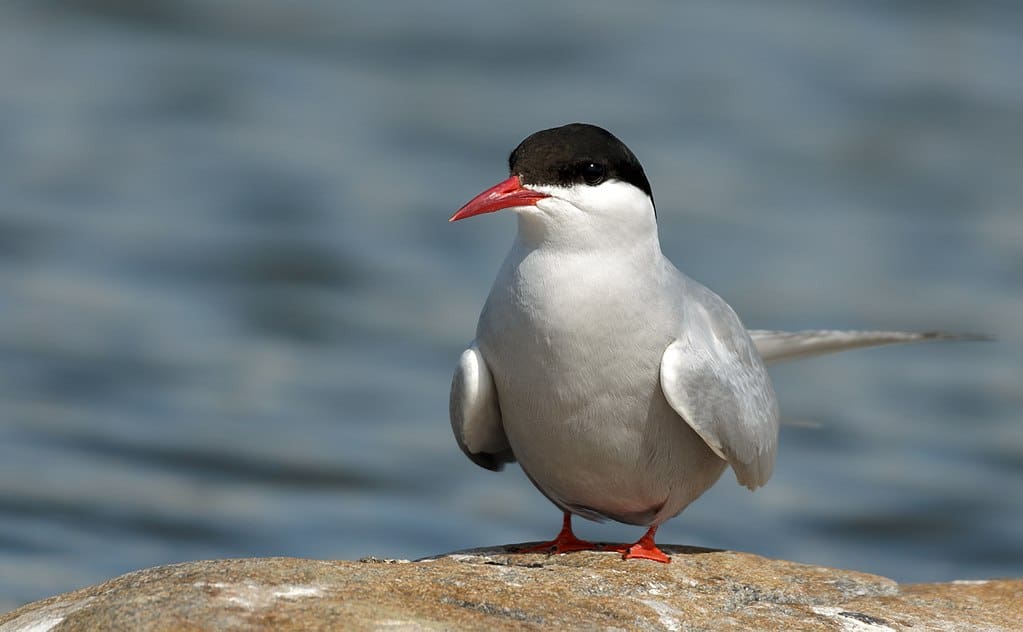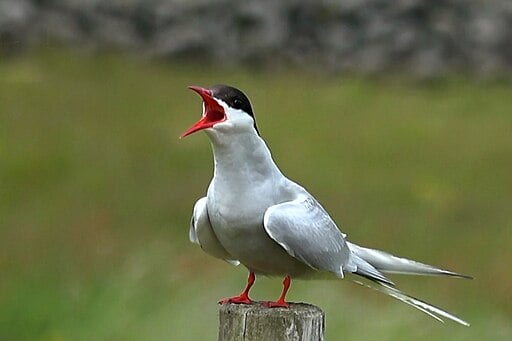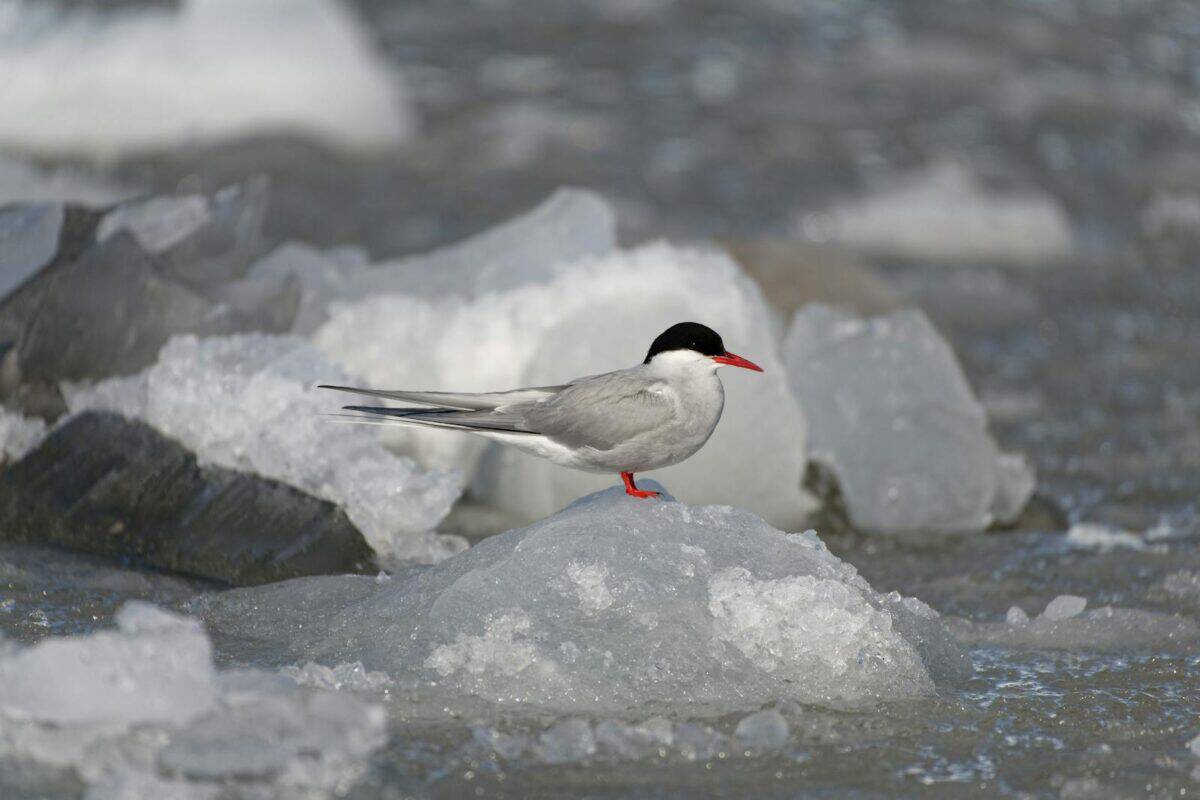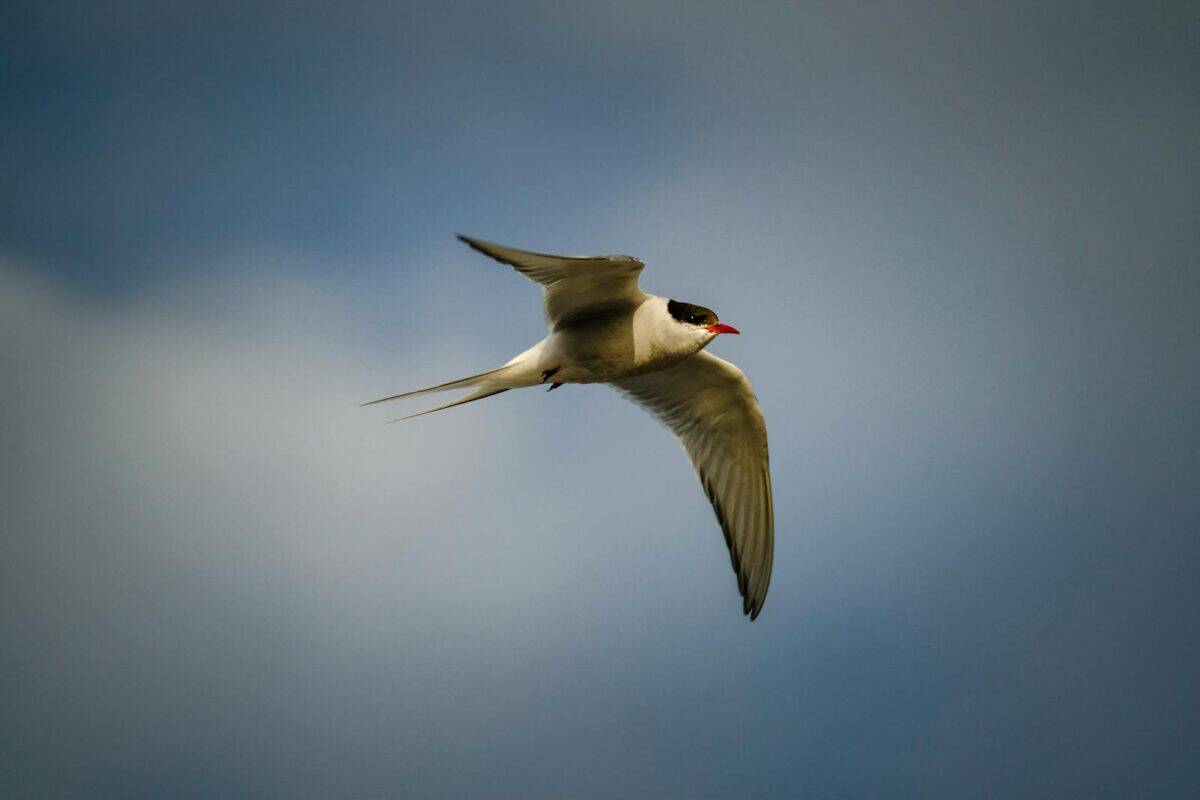Migration is one of nature’s most fascinating phenomena. Among the myriad of species that embark on these epic journeys, some birds stand out for their seemingly impossible feats. One such avian marvel is the Arctic Tern, a bird renowned not just for its astonishing migratory distance but also for its celestial navigation skills. This article explores how the Arctic Tern undertakes its incredible voyage of 15,000 miles annually, guided by the stars.
Understanding the Arctic Tern

The Arctic Tern (Sterna paradisaea) is a small seabird known for its remarkable migratory patterns. It’s a medium-sized bird, identifiable by its slim, streamlined body, long wings, and forked tail. Its distinctive black cap and bright red bill make it a recognizable figure in both the Arctic and Antarctic regions. These birds are incredibly lightweight, which aids in their long-distance travel.
The Journey from Pole to Pole

The Arctic Tern’s migration is a round-trip journey of approximately 15,000 miles (24,000 kilometers) from its breeding grounds in the Arctic to its wintering grounds in the Antarctic. This extensive migration is one of the longest known in the animal kingdom, allowing the Tern to experience more daylight than any other creature on Earth.
Celestial Navigation

An intriguing aspect of the Arctic Tern’s migration is its use of celestial navigation. The bird’s ability to use the stars for navigation is a testament to the incredible adaptations animals have developed to survive and thrive. They rely on the position of the sun and stars to maintain their flight path, a skill birds have honed over millennia.
Magnetic Field Sensitivity

In addition to celestial cues, Arctic Terns are thought to navigate using the Earth’s magnetic field. Birds possess magnetoreception, a sense that allows them to detect magnetic fields. This ability enables the Terns to determine their position and direction, effectively guiding them on their polar-bound odyssey.
The Role of Olfactory Cues

Recent studies suggest that olfactory cues also play a part in the Arctic Tern’s navigation. As they approach land, these birds use their keen sense of smell to recognize familiar scents, which aids them in locating breeding sites and nesting areas.
Energy Efficiency in Flight

The Arctic Tern’s streamlined body is built for efficient long-distance travel. Their pointed wings reduce air resistance, helping them glide over vast distances with minimal energy expenditure. They are also able to utilize air currents and thermals to conserve energy during their migration.
Breeding and Feeding Habits

Arctic Terns breed during the Arctic summer, taking advantage of abundant food resources near their nesting sites. They feed mainly on fish and small marine invertebrates, diving into the sea from the air. Their feeding areas are crucial to the success of their breeding efforts and subsequent successful migration.
Genetic Adaptations

The Tern’s biannual migration is not just a test of endurance but also of genetic adaptation. Over generations, these birds have fine-tuned their physiological traits to better survive long flights, such as optimizing fat storage and energy utilization processes, which are critical for sustaining their lengthy journeys.
Longevity and Survival

Arctic Terns are among the longest-living avians, with some individuals living over 30 years. Their long lifespan ensures that they experience an impressive number of migratory cycles, each journey contributing to their evolutionary success by spreading their genetic material across vast geographic areas.
Conservation Status

Despite their endurance and adaptations, Arctic Terns face threats from climate change and habitat disturbance. As sea ice patterns and food availability shift, these birds must adapt to changing conditions, making conservation efforts essential to their continued survival.
Research and Monitoring Efforts

Scientists continue to study Arctic Terns to better understand their migration and navigation techniques using technologies such as GPS tracking and bio-logging devices. These studies provide insights into how climate change impacts migratory patterns and what can be done to mitigate these effects.
Lessons from the Arctic Tern

The migration of the Arctic Tern is a testament to the resilience and adaptability of nature. These birds remind us of the complexity of ecosystems and the importance of preserving natural habitats. Understanding their migratory habits can inspire efforts to conserve other migratory species affected by global changes.
In conclusion, the journey of the Arctic Tern is a remarkable narrative of endurance, adaptation, and survival. Their use of celestial cues and magnetic fields, along with their impressive physiological adaptations, makes them a fascinating subject for study. As global environmental conditions evolve, protecting the migratory paths of these birds becomes increasingly significant in preserving the intricate balance of our natural world.
- The Bird That Travels 15,000 Miles a Year Using the Stars for Navigation - August 13, 2025
- Do Ostriches Really Bury Their Heads in the Sand and Where That Myth Came From - August 13, 2025
- How Colorado’s Black Bears Are Adapting to Human Encroachment - August 13, 2025

